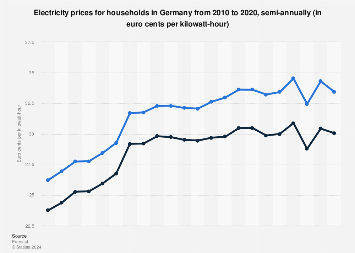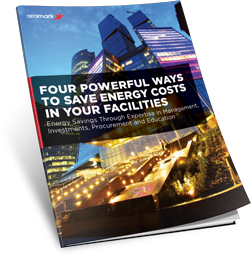Hydrogen gas has 2.6 times more substance energy per gram than gas. Famous articles about what’s to come “hydrogen economy” are to some degree in light of this reality. One more alluring element of hydrogen is that the main byproduct it produces is water, made when the hydrogen is synthetically joined with oxygen from the air to make H2O (water). Also, the change should be possible with high proficiency by utilizing a trend-setting innovation called a power device to change over the compound energy straightforwardly into power. A power device seems as though a battery, yet enjoys an unmistakable benefit. In a battery, when the substance is spent, you need to re-energize it with power delivered somewhere else or discard it. In an energy component, you should simply give more fuel (for example hydrogen and oxygen). An energy component is the same as an electrolysis contraption, yet it is run in reverse-Power to Choose Houston .

Hydrogen and oxygen gas are compacted at the anodes, they join to frame water, and that makes power move through the wires that interface one terminal to the next. So the outline on the left can likewise address an energy unit The super-specialized trouble of the hydrogen economy is that hydrogen isn’t extremely thick. In any event, when melted, it has a thickness of just 0.071 grams per cubic centimeter (cc), multiple times not as much as fuel. As in the energy table, per gram, hydrogen has 2.6 times more energy than fuel. Set up these, and we find that fluid hydrogen stores just 0.071 x 2.6 = 0.18 times as much energy per cubic centimeter (or per gallon) as fuel. That is a variable multiple time more terrible. Be that as it may, numerous specialists say the component is just multiple times more regrettable since hydrogen can be utilized more proficiently than gas. It is helpful to recollect the accompanying inexact numbers; you will track down them important while examining the hydrogen economy with others.
Contrasted with fuel, fluid hydrogen has
3 x more energy for every gram (or per lb)
3 x less energy for every gallon (or per liter)
Here is another estimated decision that is not difficult to recall. About energy that can be conveyed to a vehicle:
1 kilogram of hydrogen ≈ 1 gallon of gas
Hydrogen fluid is perilous to store since it extends by a variable of 1,000 whenever warmed. On the off chance that you safeguard against that with a thick-walled tank, you should store the hydrogen as a high-pressure gas. At a tension of 10,000 pounds for each square inch (multiple times climatic strain) the gas is close to half as thick as hydrogen fluid. However, that variable of half makes it much harder to squeeze hydrogen into a sensible space.
What’s more, the tank contains hydrogen regularly gauges 10 to 20 fold the amount of the actual hydrogen. That removes the weight advantage as well. Since hydrogen occupies such a lot of room (even though it doesn’t weigh a lot) it could be utilized for transports and trucks before it is utilized for automobiles. It is likewise conceivable that hydrogen will be more significant as a fuel for planes since for enormous planes the low weight of the hydrogen might be a higher priority than the way that it takes more volume than gas. Power modules originally accomplished noticeable quality in the space program as the energy stockpiling technique utilized by space explorers. For the mission to the Moon, low weight was a higher priority than the space that could be saved in the container. In addition, the water that was created could be utilized by the space explorers, and there was no waste carbon dioxide to discharge.

